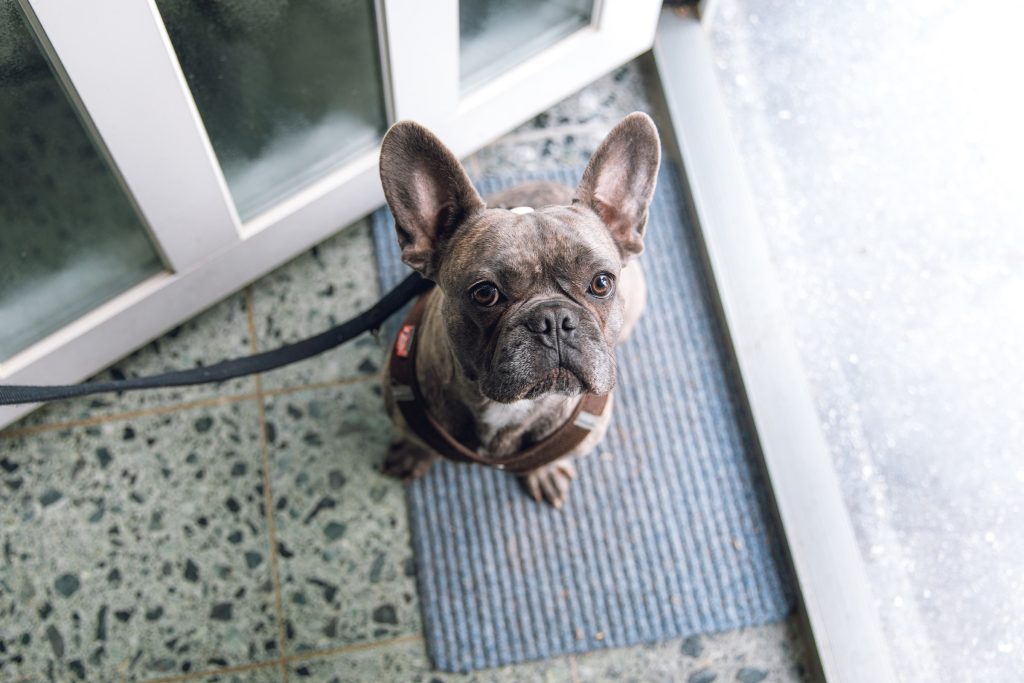Smart Pet Door: Using AI To Grant Exclusive Access
Smart pet doors have revolutionized the way we care for our furry companions, and now, an innovative leap in technology has taken pet security to a whole new level. With the advent of AI-powered facial recognition, pet owners can now ensure that only their beloved pets gain access to the indoors, providing them with enhanced safety and peace of mind.

Traditional pet doors have long been convenient for pet owners, allowing their animals to move freely between the indoors and outdoors. However, they come with inherent risks, as they can also provide access to unwanted animals or even potential intruders. The implementation of facial recognition technology in smart pet doors addresses these concerns effectively.
The AI-powered smart pet door functions by capturing and analyzing the distinct facial features of each registered pet. During the initial setup, the system records images of the pets, creating individual profiles for each one. Once the profiles are established, the smart pet door’s integrated camera continuously monitors the entrance, scanning for familiar faces.
When a pet approaches the door, the facial recognition software identifies the animal and cross-references it with the stored profiles. If a match is found, the door unlocks, granting the pet access. In case of unfamiliar faces or potential threats, the door remains securely locked.
This groundbreaking technology offers numerous benefits to pet owners. First and foremost, it offers an additional level of security, effectively barring unauthorized animals or intruders from entering the home. This not only keeps the pets safe but also protects the household and its occupants.

Moreover, the facial recognition system allows for real-time monitoring and logging of pet activity, enabling owners to keep track of their pets’ movements and behavior even when they are not at home.
Additionally, the smart pet door’s AI-powered facial recognition system can be integrated with other smart home devices. This allows seamless control through mobile apps or voice-activated assistants, offering remote access management and customization options. For example, pet owners can receive notifications when their pets use the door or set specific access times for different pets.
